Division Street Bus Rapid Transit
Enhancing Connectivity in the Region's Busiest Corridor
Division Street Bus Rapid Transit (BRT) is a transit improvement project that will expand existing bus service between downtown Spokane and north Spokane and Spokane County.
One of the busiest streets in the City, BRT on Division Street will improve overall mobility in Spokane County via high-quality, fast, and frequent transit service that is expected to serve as an attractive option for residents and visitors, facilitating economic development through increased residential and commercial development, mobility, and overall economic growth in the region.
Service is expected to begin in 2030.
Major Transit Improvements Coming to the Division/Ruby Street Corridor
Division Street Bus Rapid Transit (BRT) will be the second BRT line in the Spokane region, extending from downtown Spokane along the Division Street Corridor for approximately ten miles to the Mead area.
The project will deliver high-quality, fast, and frequent bus service to support a revitalized and vibrant Division Street corridor.
Key features will include:
- zero emission buses
- more than 40 new stations at major intersections
- a new Mead transit center
- transit signal priority for buses
- Business Access and Transit (BAT) lanes
- bike and pedestrian facilities
- improved access to services
Visit the Division Street BRT project interactive map (opens in new tab) for more information about the route and new station locations.
Latest News
January 21, 2025
Station Amenities Survey
The team is currently designing stations for the new Division Street Bus Rapid Transit (BRT) line, and your input is key! Take our quick 7-question survey—your feedback will directly impact the design, features, and amenities of over 40 stations along the Division BRT route.
Don’t wait—survey closes February 18.
Update (02/19): Survey has closed.
November 25, 2024
Station Cutsheets
Station cutsheets are now available for stations 7-28 between Holland Avenue and Bridgeport Avenue. Visit Division BRT documents to view the cutsheets.
STA Submits Application for the 2024 USDOT Reconnecting Communities Pilot – Capital Construction Grant
Visit the page on the 2024 USDOT Reconnecting Communities Pilot Grant Program.
Events
Public outreach is crucial to the Division Street BRT project because it plays a vital role in shaping the route and station locations.
Two key areas requiring public input are the routing north of the Y and through downtown Spokane, as well as the finalization of preliminary station locations. This outreach ensures that the project meets the diverse needs of the community and garners support for its successful implementation.
Less Congestion
Buses make travel faster by reducing the number of cars on the road. A single bus can hold over one hundred riders. Less cars means less congestion for everyone.
Increased Access
Division Street BRT will expand and improve streets, crosswalks, and access for walking and cycling. Increased accessibility and safety helps residents and businesses.
Faster Travel
The Division BRT project will feature dedicated transit lanes. Cars can turn in these lanes, and buses also use them. Traffic can keep moving while buses stop for riders.
Sign Up for Email Updates
Want to stay informed about ongoing developments in the Division Street BRT project?
Subscribe and receive news and updates delivered directly to your email inbox.
Benefits of BRT
Bus Rapid Transit (BRT) is a public transportation system that provides faster and more reliable transit service than traditional buses. BRT includes distinct stations with enhanced passenger amenities including pay-before-you-board-technology, real-time bus arrival information, and raised platforms to make getting on and off the bus faster and easier. BRT buses arrive more frequently, so riders can just show up and go without needing to check a schedule. Zero-emission buses would help improve air quality and provide a smoother ride.
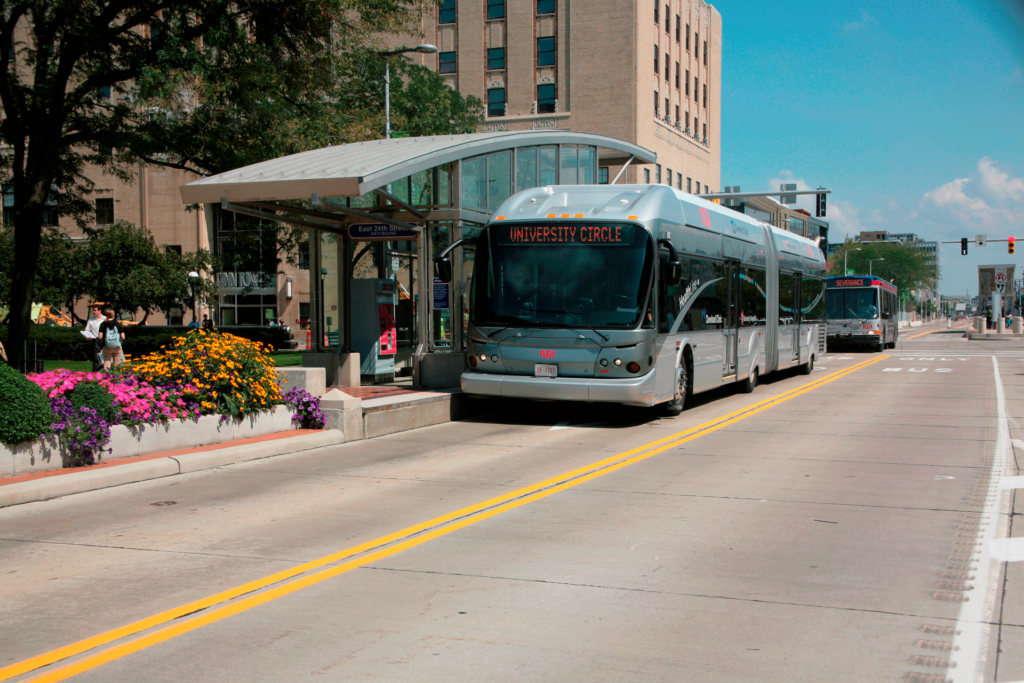
Source: Cleveland Regional Transit Authority
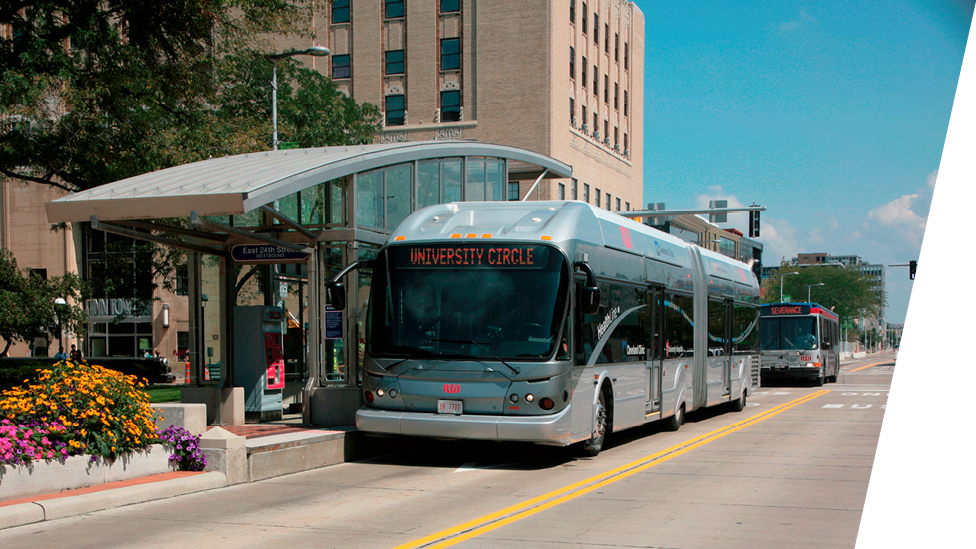
Faster traffic flow
Buses make travel faster by reducing the number of cars on the road. High passenger capacity means fewer buses are needed compared to cars to transport the same number of people.
Developing fast and reliable bus routes makes riding the bus more appealing, drawing more riders and improving road efficiency. Fewer cars mean less congestion.
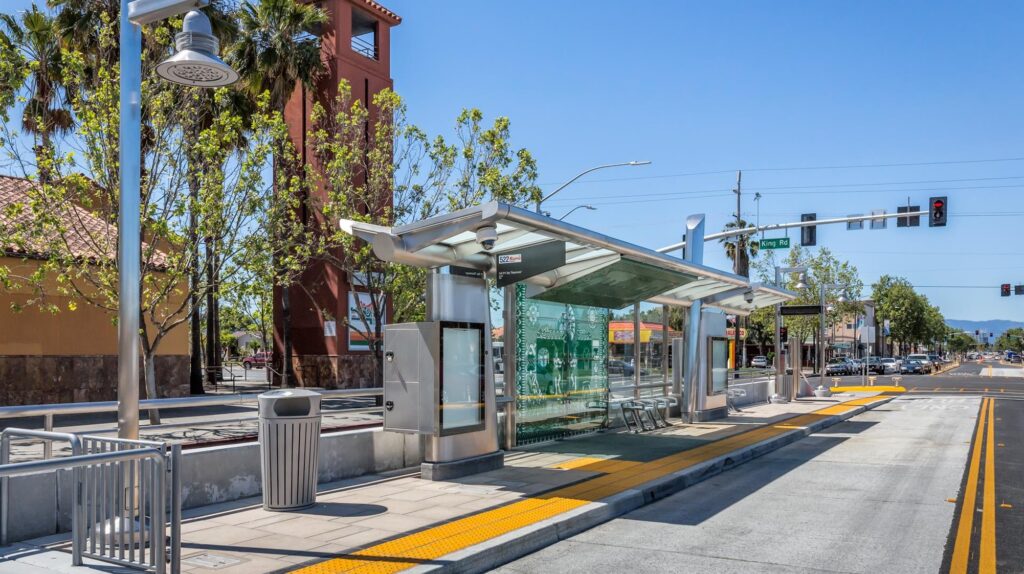
Greater accessibility
Division Street BRT will improve streets, crosswalks, and access for walking and cycling. More options for mobility can reduce the stress associated with driving and parking hassles. They also make traveling accessible for those who cannot rely on cars to get to their destinations.
Increased accessibility and safety will improve quality of life along Division Street by fostering vibrant, walkable and bike-friendly communities.
Source: Santa Clara Valley Transportation Authority
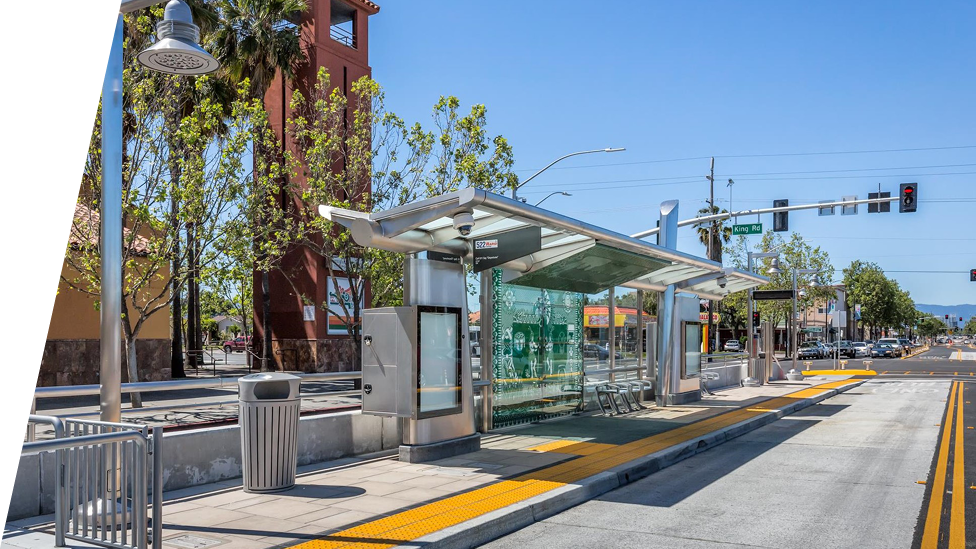
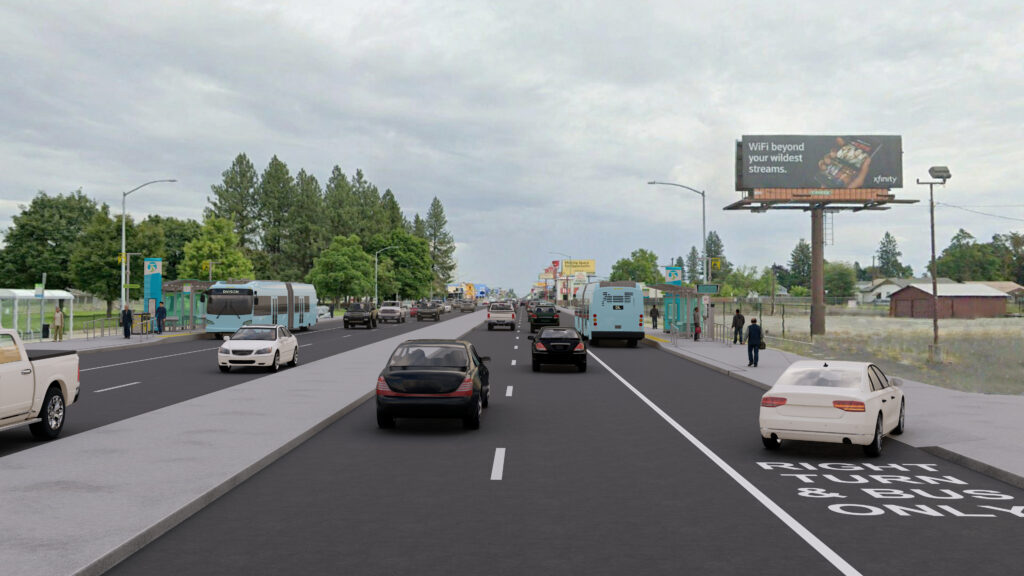
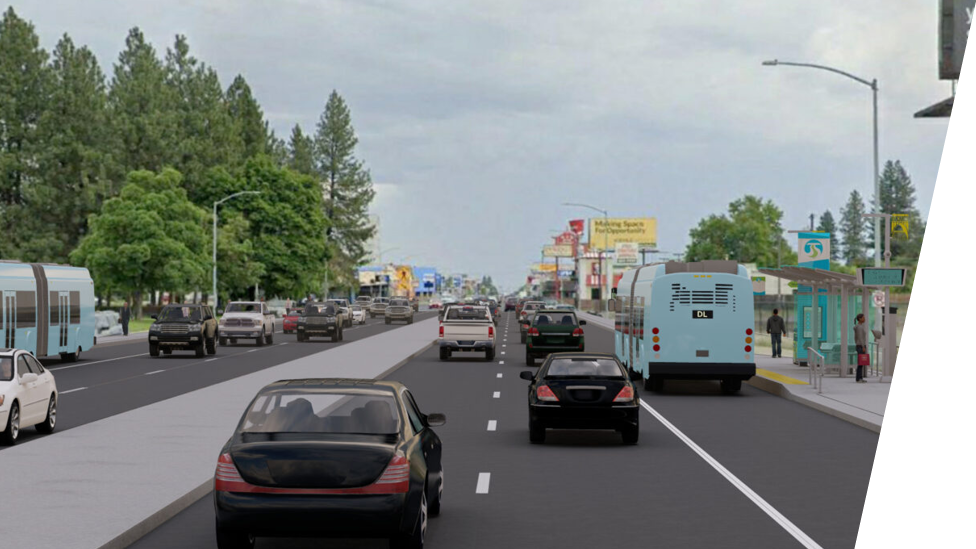
No waiting behind buses
Division Street BRT will use dedicated transit lanes called BAT (Business Access & Transit) lanes. These are special lanes designated for buses and turning vehicles. Traffic can keep moving while buses stop for passengers. Turning in and out of businesses is also safer because you have better visibility and opportunity to turn.
No more stop and go!

How do buses reduce traffic congestion?
View a brief video that explains how an increased number of buses on the road can alleviate traffic congestion and maintain smoother traffic flow
Background
Division Street was first identified in 2010 as a priority corridor for future transit investments
Timeline
Construction is expected to begin in 2027, and the BRT line will launch in 2030.
Documents
Read analyses, reports, and other documents that inform the project’s design and strategy
Project Partners
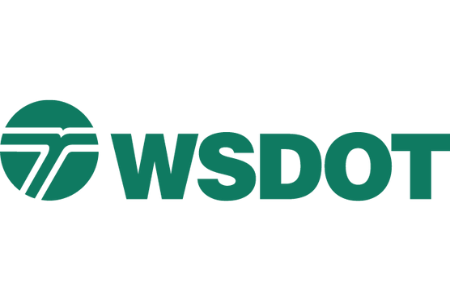
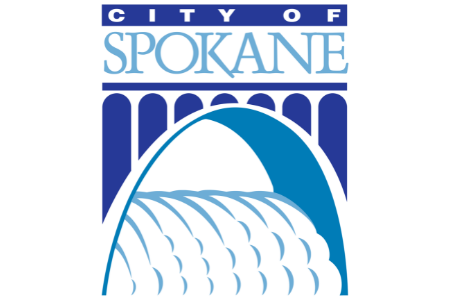
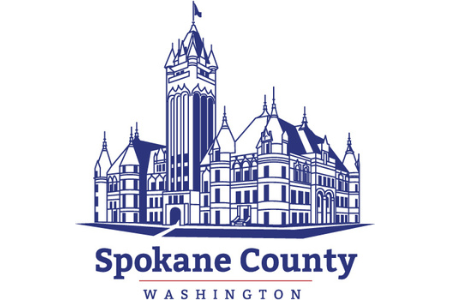
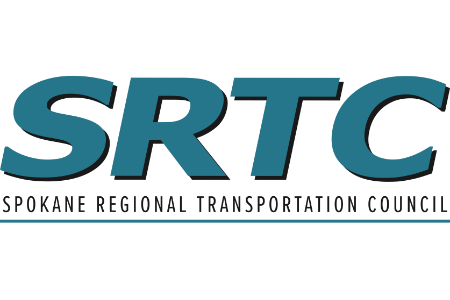















Frequently Asked Questions
Division Street is one of the busiest streets in Spokane serving as the main north-south street connecting communities between downtown up to the Y and further north.
Every day, more than 50,000 cars travel on Division Street with close to 2,500 people riding STA transit buses.
Bus Rapid Transit (BRT) is a public transportation system that creates more reliable and efficient service than traditional buses. BRT provides all-day, two-way, reliable and frequent service at distinct station locations. Buses arrive more frequently so riders can just “show up and go” without needing to check a schedule.
The BRT will run north-south from downtown Spokane, along Division and Ruby Streets past the “Y” to Hastings Road then east near the future North Spokane Corridor freeway (NSC) locations.
Business Access and Transit (BAT) lanes are shared-use lanes for right-turning vehicles and bus-through travel that help buses to move more efficiently through traffic and provide safer access to businesses.
BAT lanes allow vehicles, including deliveries, to turn into and out of driveways.
Lanes are not being removed on the majority of the corridor, but converted into BAT lanes. One lane of Ruby Street through the couplet will be converted into two-way protected bicycle lanes and improved pedestrian facilities.
These conversions will promote active transportation and improve the efficiency of transit
BAT lanes enhance the capacity of traffic lanes by removing buses from the public travel lanes. Vehicles don’t get stuck behind the bus as it travels down Division. Turning into businesses is safer because you have better visibility and opportunity to turn.
Traffic flow is not expected to be impacted due to decreased traffic volumes that are expected to be diverted to NSC corridor. In fact, travel times may improve as traffic is not held up by stopping buses or cars making right hand turns.
Contact
Project Manager: Don Skillingstad
Email: divisionbrt@spokanetransit.com
